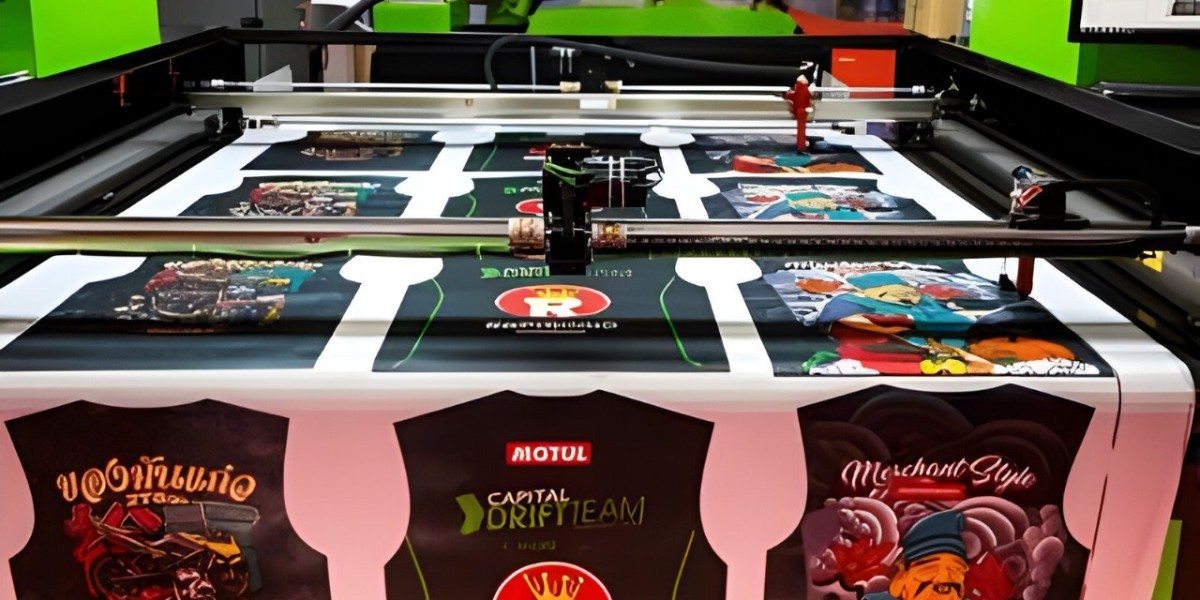This article explores the fundamentals of reactive printing, its advantages, applications, and the future of this innovative technology.
What is Reactive Printing?
Reactive printing is a dyeing process that utilizes reactive dyes, which chemically bond with the fabric during the printing process. This technique is particularly popular for printing on cotton, rayon, and other cellulosic fibers. The reactive dyes create bright, long-lasting colors that are resistant to fading and washing, making them ideal for various textile applications.
The Process of Reactive Printing
The reactive printing process typically involves several key steps, including the preparation of the fabric, the formulation of inks, the actual printing, fixation of the dyes, and the final washing and finishing of the fabric. Fabrics are pre-treated to remove any impurities and prepare them for dyeing. Reactive inks are then formulated with water, dyes, and other chemicals to enhance the bonding process. The formulated inks are applied to the fabric using various methods, such as screen printing, digital printing, or rotary printing. After printing, the fabric is subjected to heat or steam to ensure the reactive dyes bond properly to the fibers, and finally, the fabric is washed to remove any unbound dyes and finished to enhance its texture and appearance.
Advantages of Reactive Printing
Reactive printing offers several advantages over traditional dyeing methods. One of the most notable benefits is the ability to produce bright and vibrant colors. The chemical bonding between the dye and fabric results in intense shades that are visually striking. Fabrics printed with reactive dyes exhibit excellent wash fastness, meaning that the colors remain intact even after multiple washes. This durability is crucial for fashion and home textiles, where color retention is essential. Additionally, many reactive dyes are made from natural sources, making them a more environmentally friendly choice compared to synthetic dyes. The process generates minimal waste and can be designed to be more sustainable, aligning with the growing demand for eco-conscious products. Reactive printing is versatile and can be applied to a wide range of fabrics, including cotton, silk, and blends, making it suitable for various applications.
Applications of Reactive Printing
Reactive printing has found applications across multiple sectors, with the fashion industry leading the way. The fashion industry has embraced reactive printing for creating unique, eye-catching designs on garments. Designers appreciate the ability to print complex patterns and images directly onto fabrics, allowing for greater creativity and customization. Reactive printing is also widely used in home textiles, such as curtains, upholstery, and bedding. The durability and vibrant colors of reactive dyes enhance the aesthetic appeal of home furnishings. With the rise of athleisure and activewear, reactive printing has become increasingly popular in sports apparel due to the breathable and durable nature of reactive dyes, making them ideal for performance fabrics.
The Future of Reactive Printing
As technology advances, the future of reactive printing looks promising. Innovations in ink formulations and printing techniques are likely to enhance color vibrancy, wash fastness, and overall fabric quality. Additionally, as sustainability becomes a priority in the textile industry, reactive printing is well-positioned to meet the demand for eco-friendly production methods.
Conclusion
Reactive printing is revolutionizing the textile industry with its vibrant colors, durability, and eco-friendly options. As more brands and designers adopt this innovative technique, the possibilities for creativity and sustainability in fashion and home textiles will continue to expand. With its numerous advantages, reactive printing is set to play a significant role in shaping the future of textile printing.



